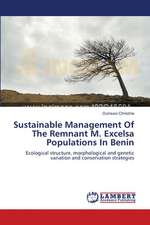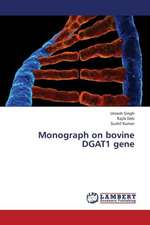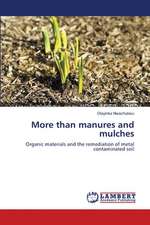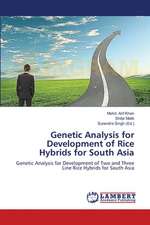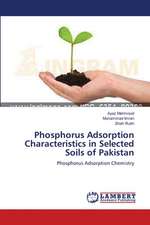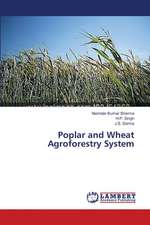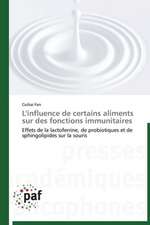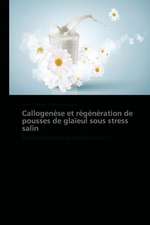Scientific Advances in Alternative Demilitarization Technologies: NATO Science Partnership Subseries: 1, cartea 6
Editat de F.W. Holmen Limba Engleză Hardback – 31 mai 1996
| Toate formatele și edițiile | Preț | Express |
|---|---|---|
| Paperback (1) | 635.15 lei 43-57 zile | |
| SPRINGER NETHERLANDS – oct 2011 | 635.15 lei 43-57 zile | |
| Hardback (1) | 641.53 lei 43-57 zile | |
| SPRINGER NETHERLANDS – 31 mai 1996 | 641.53 lei 43-57 zile |
Din seria NATO Science Partnership Subseries: 1
- 15%
 Preț: 643.65 lei
Preț: 643.65 lei - 18%
 Preț: 949.23 lei
Preț: 949.23 lei - 18%
 Preț: 951.14 lei
Preț: 951.14 lei - 18%
 Preț: 950.96 lei
Preț: 950.96 lei - 18%
 Preț: 1226.42 lei
Preț: 1226.42 lei -
 Preț: 392.97 lei
Preț: 392.97 lei - 18%
 Preț: 944.36 lei
Preț: 944.36 lei - 18%
 Preț: 1227.04 lei
Preț: 1227.04 lei - 18%
 Preț: 1220.26 lei
Preț: 1220.26 lei - 18%
 Preț: 947.35 lei
Preț: 947.35 lei - 18%
 Preț: 952.09 lei
Preț: 952.09 lei - 18%
 Preț: 955.56 lei
Preț: 955.56 lei - 15%
 Preț: 643.65 lei
Preț: 643.65 lei - 18%
 Preț: 947.67 lei
Preț: 947.67 lei - 18%
 Preț: 1111.97 lei
Preț: 1111.97 lei - 18%
 Preț: 1230.66 lei
Preț: 1230.66 lei - 5%
 Preț: 2125.27 lei
Preț: 2125.27 lei - 15%
 Preț: 650.86 lei
Preț: 650.86 lei - 18%
 Preț: 949.23 lei
Preț: 949.23 lei - 15%
 Preț: 640.37 lei
Preț: 640.37 lei - 15%
 Preț: 650.37 lei
Preț: 650.37 lei - 18%
 Preț: 1225.16 lei
Preț: 1225.16 lei -
 Preț: 391.40 lei
Preț: 391.40 lei - 18%
 Preț: 945.14 lei
Preț: 945.14 lei - 5%
 Preț: 1407.87 lei
Preț: 1407.87 lei -
 Preț: 398.15 lei
Preț: 398.15 lei -
 Preț: 390.46 lei
Preț: 390.46 lei
Preț: 641.53 lei
Preț vechi: 754.74 lei
-15% Nou
Puncte Express: 962
Preț estimativ în valută:
122.80€ • 133.43$ • 103.21£
122.80€ • 133.43$ • 103.21£
Carte tipărită la comandă
Livrare economică 21 aprilie-05 mai
Preluare comenzi: 021 569.72.76
Specificații
ISBN-13: 9780792340355
ISBN-10: 0792340353
Pagini: 190
Ilustrații: X, 176 p.
Dimensiuni: 210 x 297 x 16 mm
Greutate: 0.45 kg
Ediția:1996
Editura: SPRINGER NETHERLANDS
Colecția Springer
Seria NATO Science Partnership Subseries: 1
Locul publicării:Dordrecht, Netherlands
ISBN-10: 0792340353
Pagini: 190
Ilustrații: X, 176 p.
Dimensiuni: 210 x 297 x 16 mm
Greutate: 0.45 kg
Ediția:1996
Editura: SPRINGER NETHERLANDS
Colecția Springer
Seria NATO Science Partnership Subseries: 1
Locul publicării:Dordrecht, Netherlands
Public țintă
ResearchCuprins
Fundamental Chemistry of Chemical Warfare Agents and Interrelationships in Technologies.- Prospects for Chemical Weapon Destruction in Molten Slag and Metal of Airtight Furnace.- High-Temperature Detoxification of Chemical Weapons.- Oxidation in Molten Salts and Catalysts: Treatability Study of Model Compounds and Melts.- Oxidation in a Catalytic Fluidized Bed: A Promising Technology for Destruction of Hazardous Waste and Chemical Warfare Agents.- A Two-Stage Method of the Destruction of Toxic Agents.- On Using Hydrogenation Processes for Creating CW Destruction Technology.- Alternative Ways of Destruction of Supertoxic Chemicals within the Framework of the Multi-Purpose Conversion of Military Industries.- Demilitarization of Chemical Agents by SCWO.- Wet Air Oxidation.- Applications of Biodegradation in Chemical Demilitarization: A Review of Recent Studies by the U.S. Army.- The Silver II Process, for the Destruction of CW Munitions.- Process for Chemical Destruction of Chemical Weapons Applying Sodium-Technology.- Problems of Selecting a Method for Destruction of Adamsite Abandoned on the Territory of Poland during World War II.



